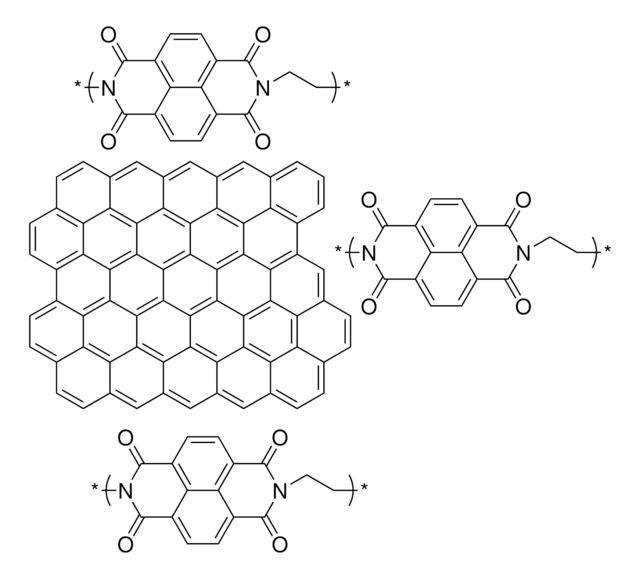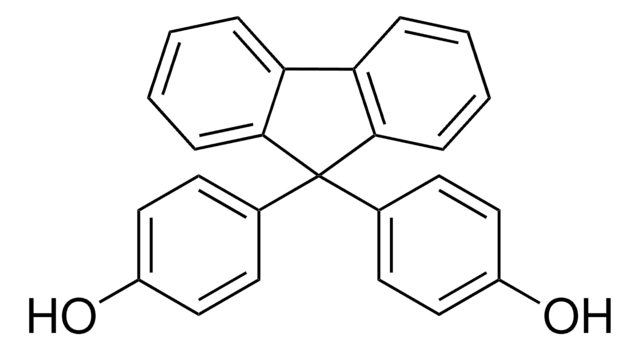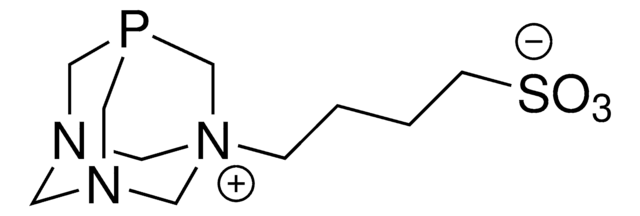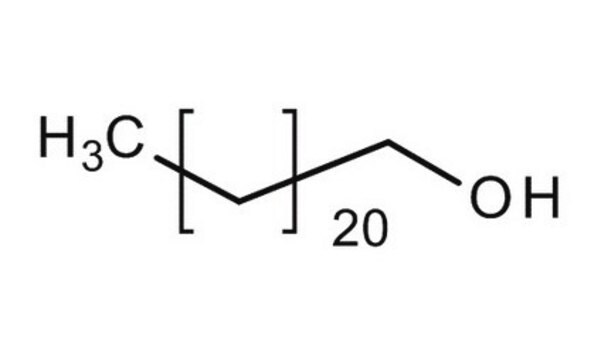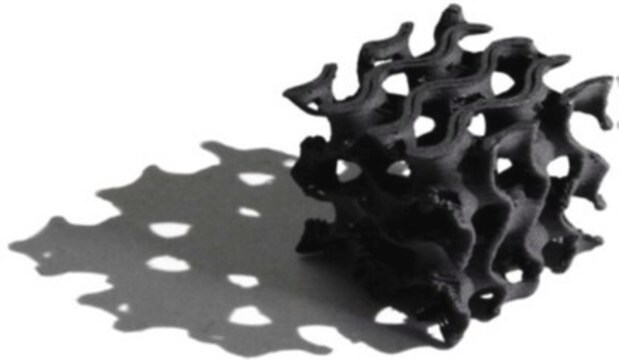918059
1 M 9,9-dimethylfluorene in THF
a precursor solution to prepare the prelithiation reagent for Si anode
About This Item
Prodotti consigliati
Livello qualitativo
Forma fisica
liquid
Impurezze
≤1000 ppm H2O
applicazioni
battery manufacturing
Temperatura di conservazione
2-8°C
Stringa SMILE
CC1(C)C2=C(C=CC=C2)C3=C1C=CC=C3
InChI
1S/C15H14/c1-15(2)13-9-5-3-7-11(13)12-8-4-6-10-14(12)15/h3-10H,1-2H3
ZHQNDEHZACHHTA-UHFFFAOYSA-N
Applicazioni
Recommended instructions (this should be a separate document):Soak your electrode with the anode material coated on a copper current collector in this prelithiation reagent for a set amount of time. Discard the solution and then wash your electrode twice with THF. For a 1cm diameter electrode with 1∼3 mg acitve material per cm2, use 0.5∼1 mL of prelithiation solution will be enough. You can use an empty coin cell casing as the treatment vessel. Electrode soaking time is important and may need to be optimized for your application. A good time to try is ∼10 min. Longer prelithiation time may cause eletrode structure deformation, leading to a decreased discharge/charge capacity.
Avvertenze
Danger
Indicazioni di pericolo
Consigli di prudenza
Classi di pericolo
Acute Tox. 4 Oral - Aquatic Chronic 2 - Carc. 2 - Eye Irrit. 2 - Flam. Liq. 2 - STOT SE 3
Organi bersaglio
Central nervous system, Respiratory system
Rischi supp
Codice della classe di stoccaggio
3 - Flammable liquids
Classe di pericolosità dell'acqua (WGK)
WGK 3
Punto d’infiammabilità (°F)
1.4 °F
Punto d’infiammabilità (°C)
-17.0 °C
Scegli una delle versioni più recenti:
Certificati d'analisi (COA)
Non trovi la versione di tuo interesse?
Se hai bisogno di una versione specifica, puoi cercare il certificato tramite il numero di lotto.
Possiedi già questo prodotto?
I documenti relativi ai prodotti acquistati recentemente sono disponibili nell’Archivio dei documenti.
Il team dei nostri ricercatori vanta grande esperienza in tutte le aree della ricerca quali Life Science, scienza dei materiali, sintesi chimica, cromatografia, discipline analitiche, ecc..
Contatta l'Assistenza Tecnica.
